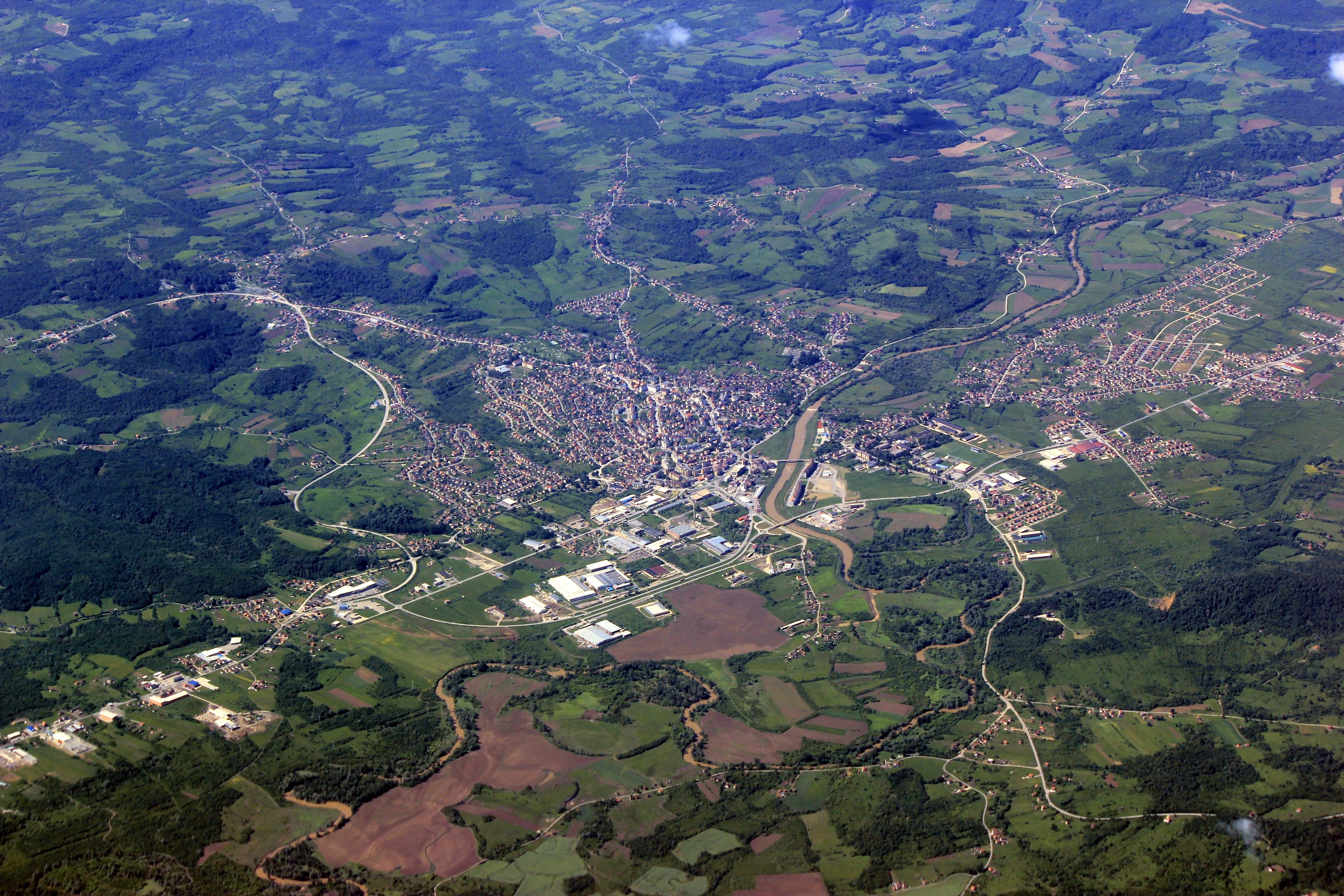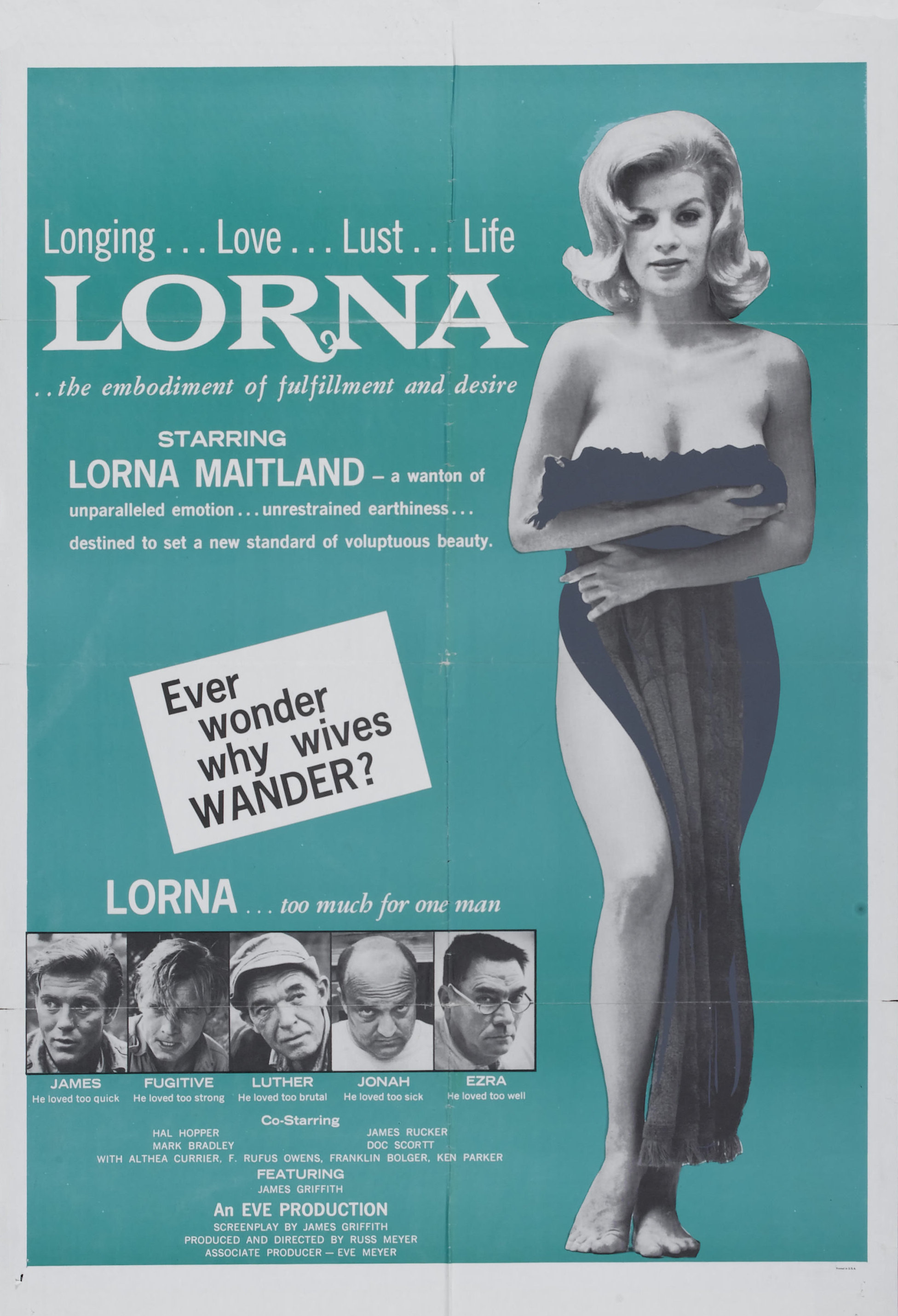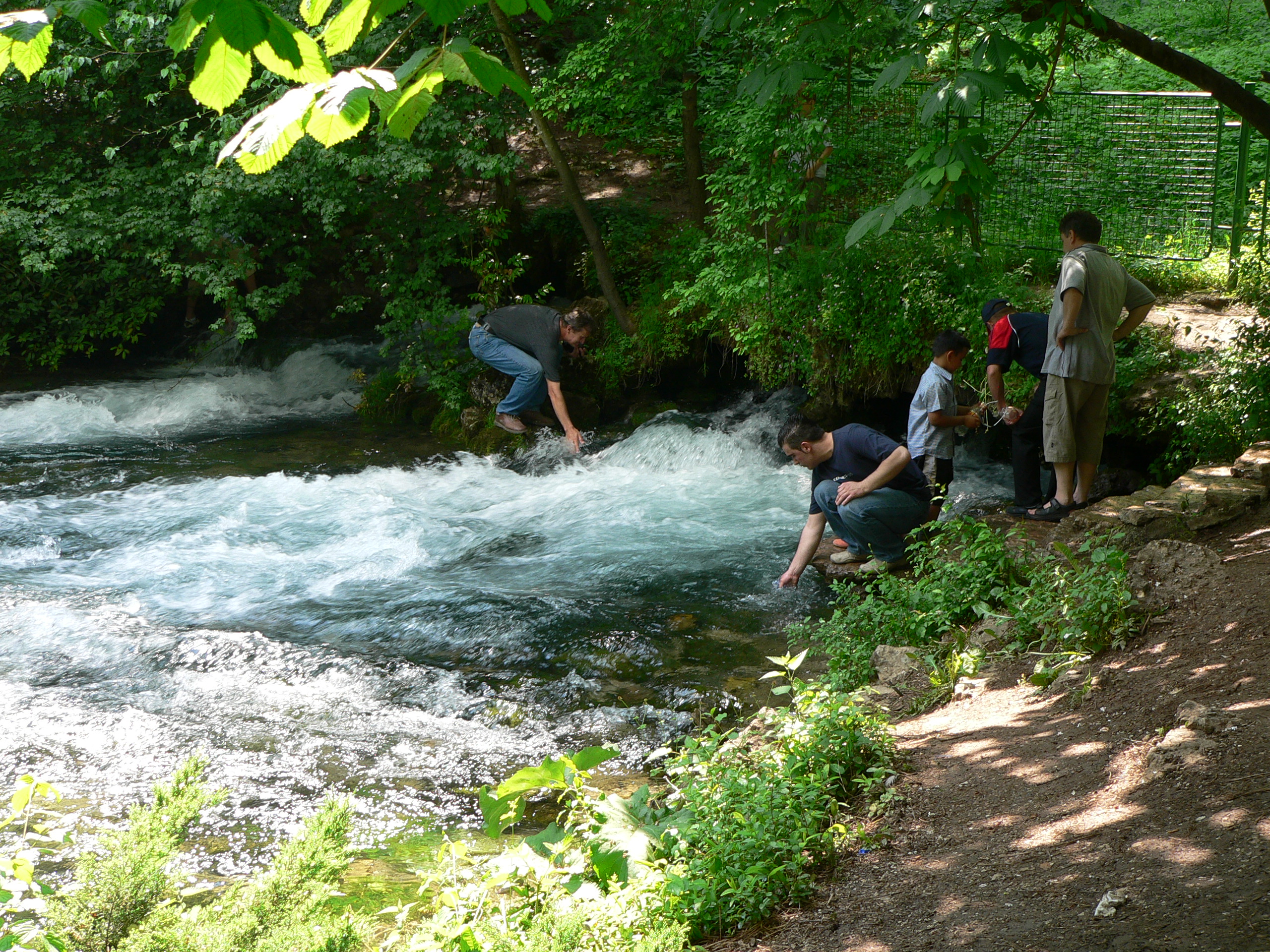|
Mile Matić
Mile Matić ( cyrl, Миле Матић; 14 January 1956 – August 1994) was a Yugoslavian prison guard and spree killer who murdered nine people and wounded three others in Derventa on 26 February 1986. He was found to be mentally disabled and sent to a psychiatric hospital for compulsory treatment, where he committed suicide in 1994 at the age of 38. Life Mile Matić was born on 14 January 1956 in Derventa, SR Bosnia and Herzegovina, Yugoslavia. His father was an alcoholic. When Mile was 3 years old, his mother left the family. He lived in Doboj. His IQ was 162 and he was persistent in everything he did. He worked as a prison guard at the "Novi život" prison in Zenica, practiced karate, and quickly gained a black belt. He worked as a coach in the karate section, but was fired because he stole money from membership fees. He had a lot of girls. He was an amateur photographer. He photographed naked girls and filmed erotic scenes in which he was the main actor, but also ... [...More Info...] [...Related Items...] OR: [Wikipedia] [Google] [Baidu] |
Derventa
Derventa ( sr-cyrl, Дервента) is a city located in Republika Srpska, an entity of Bosnia and Herzegovina. It is situated in the Posavina region, northwest of the city of Doboj. As of 2013, the town has a total of 11,631 inhabitants, while the municipality has 27,404 inhabitants. Geography The Derventa municipality borders with Brod, Modriča, Doboj, Stanari, Prnjavor and Srbac, as well as Croatia across the Sava river. It has an area of . The town of Derventa lies on the river Ukrina, and roads lead from it to Brod, Kotorsko (Doboj), Prnjavor (Banja Luka) and Srbac. The town has a suburb called ''Derventski Lug'' which has grown substantially in recent years due to growth of Municipality. History From 1929 to 1939, Derventa was part of the Vrbas Banovina and from 1939 to 1941 of the Banovina of Croatia within the Kingdom of Yugoslavia. Prior to the Bosnian War, there was a significant population of ethnic Croats within Derventa, while the majority were Bosniaks. W ... [...More Info...] [...Related Items...] OR: [Wikipedia] [Google] [Baidu] |
Erotic Films
Sex in film, the presentation of aspects of sexuality in film, specially human sexuality, has been controversial since the development of the medium. Films which display or suggest sexual behavior have been criticized by religious groups or have been banned or censored by governments, although attitudes have changed much along the years and a more permissive social environment has developed in certain parts of the world, notably in Europe, North America, Australia and New Zealand. In countries with a film rating system, films which contain explicit sex scenes typically receive a restricted classification. Nudity in film may be regarded as sexual or as non-sexual. An erotic film is usually a film that has an erotic quality, meaning that it may arouse sexual feelings, even if the stated or suggested intention of the film maker is to induce philosophical contemplation concerning the aesthetics of sexual desire, sensuality and romantic love. Love scenes, erotic or not, have been p ... [...More Info...] [...Related Items...] OR: [Wikipedia] [Google] [Baidu] |
Velika Rijeka
Velika (Cyrillic: Велика; "great" (fem.) in South Slavic) may refer to: Places * Velika (bishopric), a medieval bishopric associated with Clement of Ohrid * Velika, Bosnia and Herzegovina, a village in Derventa * Velika Kladuša, Bosnia and Herzegovina * Velika Sočanica, Bosnia and Herzegovina * Velika, Bulgaria * Velika, Croatia * Velika Gorica, Croatia * Velika, Larissa, a beach village in Thessaly, Greece * Velika Hoča, Kosovo * Velika, Montenegro, a village in Plav * Velika Plana, Serbia * Velika Bukovica, Slovenia * Velika Goba, Slovenia Other uses * Velika attacks (1879), in Velika, Montenegro * Velika Begovica, 19th-century Serbian rebel * Velika Morava, a river in Serbia See also * Veliky (other) Veliky, or similar, may refer to: *Veliky (rural locality) (''Velikaya'', ''Velikoye''), name of several rural localities in Russia *Veliky (surname) *Velikaya, a river in Pskov Oblast, Russia *Velikaya (Chukotka), a river in Chukotka, Russia Se ... [...More Info...] [...Related Items...] OR: [Wikipedia] [Google] [Baidu] |
Poljice, Lukavac
Poljice is a village in the municipality of Lukavac, Bosnia and Herzegovina. It is located on the south shore of Modrac Lake Modrac Lake (Bosnian language, Bosnian: Jezero Modrac) is an artificial lake in Bosnia and Herzegovina. Located in the municipality of Lukavac, it is home to many species of fish and is popular with fishermen. A 2005 effort to turn it into a tour .... Demographics According to the 2013 census, its population was 4,337. References Populated places in Lukavac {{TuzlaCanton-geo-stub ... [...More Info...] [...Related Items...] OR: [Wikipedia] [Google] [Baidu] |
Žepče
Žepče ( sr-cyrl, Жепче) is a town and municipality located in Zenica-Doboj Canton of the Federation of Bosnia and Herzegovina, an entity of Bosnia and Herzegovina. It is situated in central Bosnia and Herzegovina, between Doboj and Zenica. As of 2013, it has a population of 30,219 inhabitants. The river Bosna flows through this city. Near within the town, there are 14 mineral water springs. Žepče is within the vicinity of the Lasva valley and thus is surrounded by mountains. History The town was first mentioned in 1458 in a charter issued by the Bosnian king Stjepan Tomašević, ''"... Pissanna Žepču va ljetu 1458. oktombrija 14. dan.''" (Written in Žepče in the year 1458. 14.day of October) The city would see combat during the Bosnian War, as HVO forces would launch an operation against ARBiH over complete control of the city on the 24th of June, 1993. After the Dayton Agreement in 1995, the city would end up becoming a part of the Federation of Bosnia and Her ... [...More Info...] [...Related Items...] OR: [Wikipedia] [Google] [Baidu] |
Vinkovci
Vinkovci () is a city in Slavonia, in the Vukovar-Syrmia County in eastern Croatia. The city's registered population was 28,247 in the 2021 census, the total population of the city was 31,057, making it the largest town of the county. Surrounded by many large villages, it is a local transport hub, particularly because of its railways. Name The name comes from the Croatian given name Vinko, cognate to the name Vincent. It has been in use following a dedication of the oldest town church of Saint Elijah () to Saint Vincent the Deacon () in the Middle Ages. The name of the city in Croatian is plural. It was called in antiquity. There is no known Latin or Greek etymology for , so it is assumed to be inherited from an earlier time. ''Cibale'' is a toponym derived from geomorphology, from Indo-European meaning "ascension" or "head". It is assumed that the root is in Proto-Indo-European (head), in the sense of a hill, meaning a place that was protected from the flooding of Bosu ... [...More Info...] [...Related Items...] OR: [Wikipedia] [Google] [Baidu] |
Submachine Gun
A submachine gun (SMG) is a magazine-fed, automatic carbine designed to fire handgun cartridges. The term "submachine gun" was coined by John T. Thompson, the inventor of the Thompson submachine gun, to describe its design concept as an automatic firearm with notably less firepower than a machine gun (hence the prefix " sub-"). As a machine gun must fire rifle cartridges to be classified as such, submachine guns are not considered machine guns. The submachine gun was developed during World War I (1914–1918) as a close quarter offensive weapon, mainly for trench raiding. At its peak during World War II (1939–1945), millions of SMGs were made for use by regular troops, clandestine commandos and partisans alike. After the war, new SMG designs appeared frequently.Military Small Arms Of The 20th Century. Ian Hogg & John Weeks. Krause Publications. 2000. p93 However, by the 1980s, SMG usage decreased. Today, submachine guns have been largely replaced by assault rifles, w ... [...More Info...] [...Related Items...] OR: [Wikipedia] [Google] [Baidu] |
Bosna River
The Bosna () is the third longest river in Bosnia and Herzegovina, and is considered one of the country's three major internal rivers, along with the Neretva and the Vrbas. The other three major rivers of Bosnia and Herzegovina are the Una, to the northwest; the Sava, to the north, and the Drina, to the east. This river is the namesake of Bosnia. The river Bosna flows for . The river is possibly mentioned for the first time during the 1st century AD by Roman historian Marcus Velleius Paterculus under the name ''Bathinus flumen''. Another basic source that is associated with the hydronym ''Bathinus'' is the Salonitan inscription of the governor of Dalmatia, Publius Cornelius Dolabella, where it is said that the ''Bathinum'' river divides the Breuci from the Osseriates. And also by the name of Basante. There was also the name Bason on the map ''From Istanbul to Vienna'' along the Danube and the Black Sea — a river-centric map by the Venetian cartographer Stefano Scolari, c. ... [...More Info...] [...Related Items...] OR: [Wikipedia] [Google] [Baidu] |
Vranduk (Zenica)
Vranduk is an historic village in the municipality of Zenica, Bosnia and Herzegovina. Geography It is situated on the Bosna River canyon, just downstream from city of Zenica, at the site called the ''Vranduk Pass''. The main road Sarajevo-Zenica-Doboj ( M17) passes through the canyon and the village. On 14 February 1971 a rail crash in the tunnel near Vranduk occurred, 34 people were killed and 113 (60 serious) injured. History Archaeological excavations to date on the site of the fort showed no signs of fortifications dating from the prehistoric period or antiquity, or prior to the medieval times. The village itself is one of the oldest and well preserved settlements of Bosnia and Herzegovina, dating back to the 14th century and times of medieval bans and later kings of Bosnia. Vranduk village was established around a medieval citadel of the same name, and together constitute a protected architectural assembly, and as such it is a national monument of Bosnia and Herzegovina, we ... [...More Info...] [...Related Items...] OR: [Wikipedia] [Google] [Baidu] |




